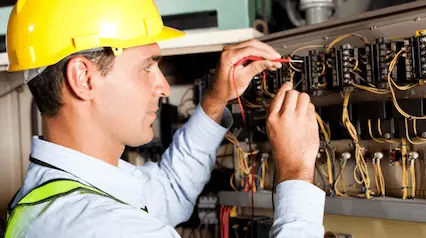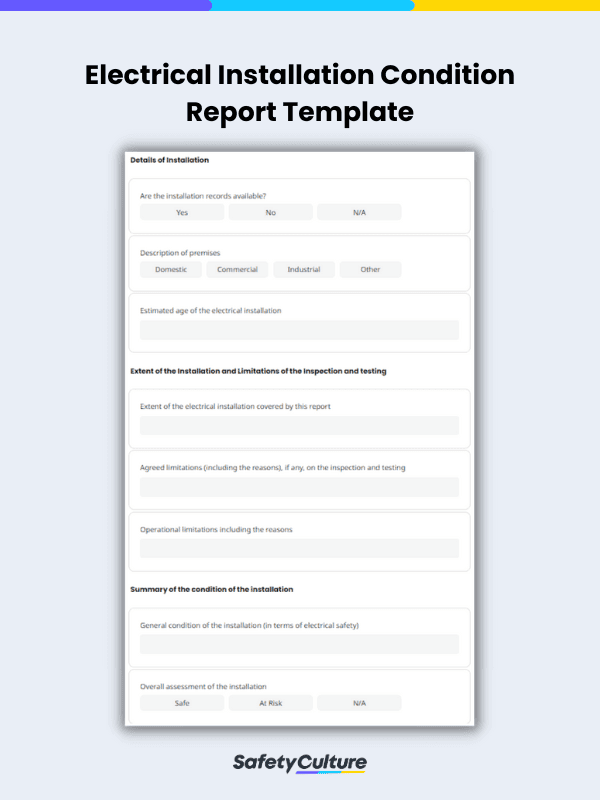What is an Electrical Installation Condition Report (EICR)?
An Electrical Installation Condition Report (EICR) is used to identify potential electrical defects and document testing results to ensure that the electrical installation is safe for building occupiers. The report captures detailed information on electrical wear and tear such as faulty wiring or damaged equipment, which can cause electrocutions, fires, and fatalities.
Once an electrical inspection is completed, the EICR is issued to the building owner or supervisor with key findings, including equipment needing repair or replacement. An EICR also serves as a record for when the next inspection should be carried out.
Importance of EICR?
EICR or sometimes called landlord safety test or homebuyers test is conducted every 10 years for home residents and every 5 years for rental properties or as soon as there is a change of tenancy. It is performed to protect property owners from electrical shocks, fire, or any electrical malfunctions and provides peace of mind as they are aware of the safe electrical installation. In accordance with electrical safety standards BS7671, being unable to accomplish EICR can lead to possible lawsuits or penalties. EICR is needed due to some changes in:
- environmental conditions;
- usage of the premises; and
- period of electrical installation.
What is Included in EICR?
According to the Electricity at Work Regulations 1989, business industries require employers to take necessary precautions against electrical risk to ensure a safe environment. Inspectors use classification codes on EICR to identify the action that needs to be taken by the organization. It is stated as follows:
- Code 1 (C1) – the danger is present and has a high risk of injury. A competent person has to ensure the facility is safe before leaving the property.
- Code 2 (C2) – there is a potential danger and the state of electrical installation is not recommended for continuous use.
- Further Investigation (FI) – additional investigations are required without delay.
- Code 3 (C3) – there are recommended improvements to improve the safety of the installation but remedial work is not required.
How to Perform (with EICR Example)
EICR is a key component of electrical safety. It is performed by a component person to ensure properties have a safe electrical installation to secure the safety of their tenants. Creating EICR can be a daunting task considering life may rely on its implications, however, knowing where to start can make the process easier. Here are the steps in performing EICR.
- Provide details of the inspection including the purpose of the report, date of the last inspection, and other installation records.
- Check the facility and visually inspect for any damages such as wear and tear that might affect electrical safety.
- Look for electrical installation that does not meet the IET wiring regulations.
- Inspect the facility for anything that may cause electric shocks and high temperatures.
- Capture photo evidence of non-compliant items to further provide detailed information.
- Record the results of the inspection and document recommended actions.
- Test electrical facilities to ensure safe electrical installation.
To give you an example of what an EICR looks like, below is a sample EICR report that we’ve created using an EICR template:




